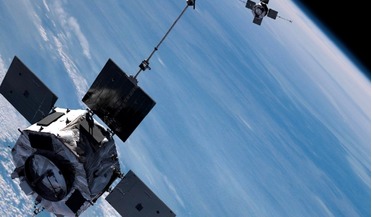 October 2019
Electric orbit raising and space weather
October 2019
Electric orbit raising and space weather
...radiation storm, high-energy charged particles ejected by the Sun can stream into the Earth’s magnetosphere, the magnetic...for example, when large amounts of plasma are expelled from the Sun towards Earth in a coronal mass ejection, driving a shock ...
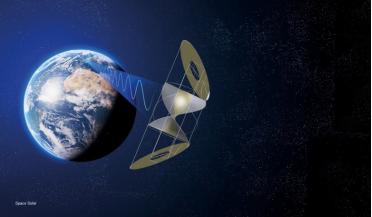 April 2024
Unlocking the NewSpace economy through space-based solar power
April 2024
Unlocking the NewSpace economy through space-based solar power
... of the race to space, in the journal Science, titled ‘Power from the sun: its future’, in 1968. The concept is deceptively simple: convert solar power ...: the solar cells always need to see the Sun and the microwaves always need to point to Earth...
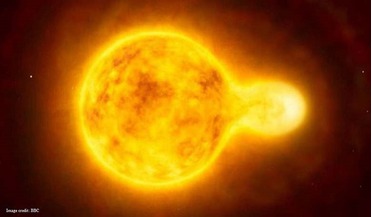 09 July 2015
Discovery of a five-star solar system in Ursa Major highlights mystery of proto-stellar disk fragmentation
09 July 2015
Discovery of a five-star solar system in Ursa Major highlights mystery of proto-stellar disk fragmentation
Do five suns in the sky sound like a bit too much? Not as far ...systems. It is widely estimated that half of all stars that are similar to our own Sun are part of binary or multiple star systems (more conservative analyses sometimes put the figure at...
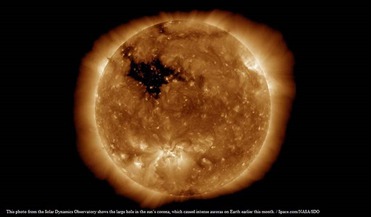 17 October 2015
Photos released of large hole in sun’s corona
17 October 2015
Photos released of large hole in sun’s corona
...Observatory, have been released. On October 10, the hole in the sun’s outer layer, or corona, stretched for the equivalent of 50 Earths..., as the hole in the corona moved west across the sun. Sky-watchers hit the Internet with their photos, of course...
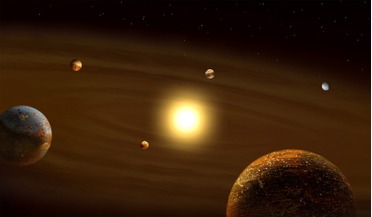 27 July 2019
Hundreds of new planet candidates detected by Kepler
27 July 2019
Hundreds of new planet candidates detected by Kepler
... planet hunter, instead of being able to monitor Earth-like planets around main sequence stars like our sun as it was designed to, it was proposed that Kepler search for habitable worlds around smaller, dimmer red dwarfs...
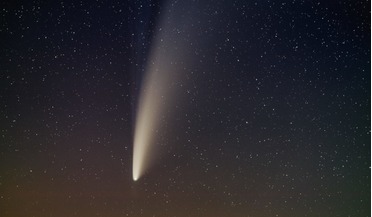 15 July 2020
Comet Neowise puts on a spectacular show
15 July 2020
Comet Neowise puts on a spectacular show
... the main body of the comet as it is warmed by the sun. The upper more translucent tail on the other hand is composed of...electrons stripped out of their constituent atoms and molecules by the Sun’s intense light. At the moment, the comet is visible...